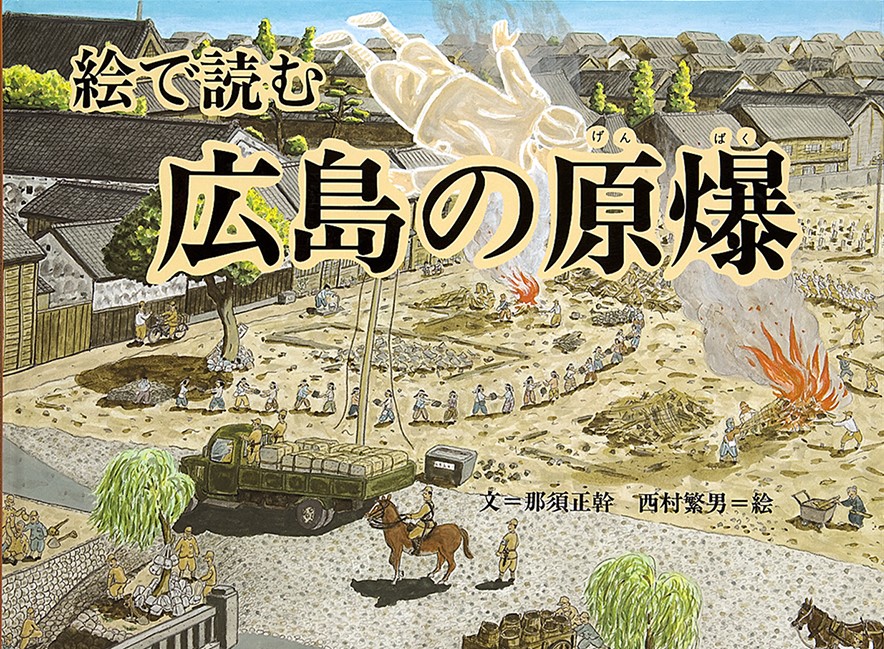
- ARAB NEWS
- 18 Jul 2025

HIROSHIMA: Masamoto Nasu, a 78-year-old Hiroshima atomic bomb survivor, has renewed his determination to keep writing children’s books to spread his antiwar message.
Besides his popular children’s book series “Zukkoke Sanningumi” (Funny Trio), Nasu has published many books to convey the horrors of war.
In “Orizuru no Kodomotachi” (Children of the Paper Crane), he featured Sadako Sasaki, a schoolgirl who died at 12 due to acute leukemia after being exposed to radiation from the U.S. atomic bombing of the western city Aug. 6, 1945, in the closing days of World War II.
“We don’t know how long we can keep saying we are living in peace,” Nasu said. “I’ll continue writing books to fulfill my responsibility as a person who experienced it.”
When the atomic bomb exploded 75 years ago, Nasu, then 3, was at his house in the town of Kogokita, about 3 kilometers from ground zero.
The roof was blown away, and glass windows shattered to pieces. But he did not suffer serious injuries as he happened to be behind a shutter box.
Nasu remembers seeing a crowd of people who looked like dolls made of mud walking on the road in front of his house.
Many of his friends lost their parents. Some died of acute leukemia.
In 1975, he published “Yaneura no Toi Tabi” (Distant Journey in the Attic), a story about a boy who wandered into a parallel world in which Japan was still fighting after winning the Pacific War, a theater of World War II.
“I wanted readers to feel that the Vietnam War was not a fire on the other side of the river,” Nasu recalled.
Back then, the book was not received favorably. Its reputation rose over 20 years after the publication.
“Nendo no Kamisama” (The Clay God) went into an additional print run when Prime Minister Shinzo Abe, eager to push ahead with constitutional revision debates, came back to power in late 2012.
The story, published in 1992, is about a boy who lost his parents in a war. He makes a clay statue of a god punishing adults who engage in a war.
The boy, however, grows up to become president of a weapon-manufacturing company and destroys the god, who had turned into a huge monster.
“Everyone is destroying the clay god,” Nasu said, criticizing human reliance on military expansion and nuclear deterrence to realize peace.
Nasu published “E de Yomu Hiroshima no Genbaku” (Hiroshima: A Tragedy Never to Be Repeated) in 1995 at the request of a volunteer worker who interacted with students visiting Hiroshima on school trips.
“They visit the atomic-bomb survivor hospital and shed tears, but they only end up appreciating the peace they have today,” the worker complained to Nasu.
The book is used to teach children about peace. It has been reprinted multiple times.
Nasu, who lives in Hofu, Yamaguchi Prefecture, next to Hiroshima, criticized the government for not ratifying the 2017 U.N. Treaty on the Prohibition of Nuclear Weapons, stressing that Japan should lead efforts toward a world without nuclear weapons.
“Old tales still teach lessons about natural disasters. I hope that stories about the atomic bombing will be passed down in some form, even orally,” Nasu said, noting a decrease in surviving hibakusha victims.
Nasu also showed his concern about the world situation marked by the novel coronavirus pandemic.
“I don’t know whether self-centered nationalism will spread further or mutual assistance for survival will prevail,” he said. “I hope things will advance in the right direction.”
JIJI Press